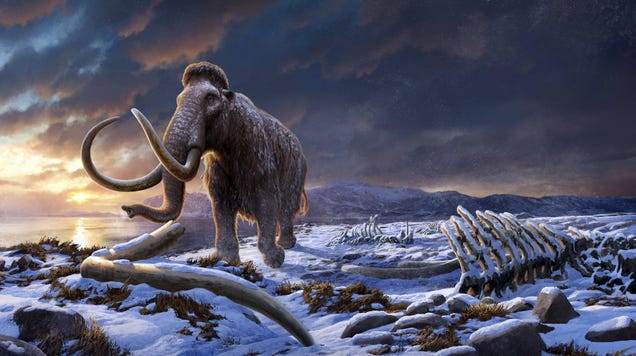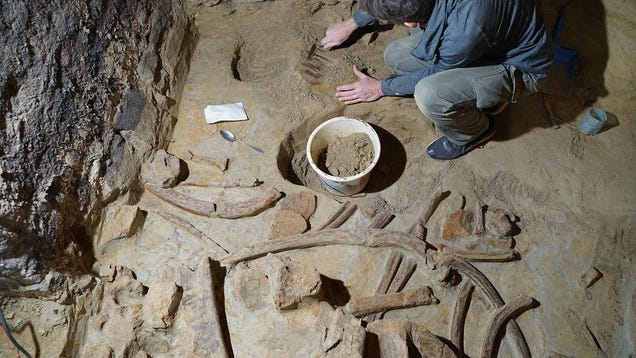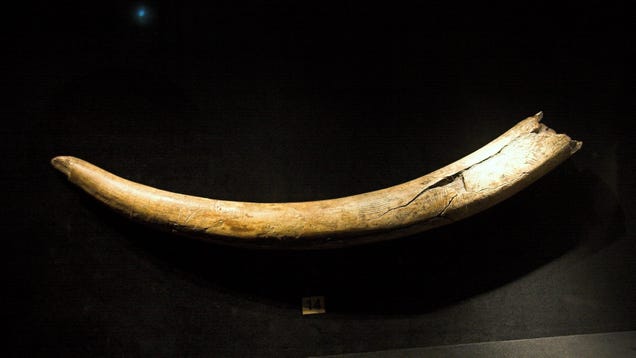Mississippi Department of Environmental Quality

The last mammoths to walk the Earth did not succumb to inbreeding after hundreds of generations, despite being stuck on a remote island off the coast of Siberia.

A winemaker’s renovation project in Gobelsburg, Austria, has led to the discovery of mammoth bones dating back up to 40,000 years, providing potential new insights into Upper Paleolithic hunting practices.

This story is part of our Chief Innovation Officer Forecast series with Quartz, a business report from the front lines of the future.

Colossal Biosciences, which calls itself “the world’s first de-extinction company,” has created stem cells it thinks will hasten the company’s marquee goal of resurrecting the woolly mammoth. The team’s research describing the accomplishment will be hosted on the preprint server bioRxiv.

A female mammoth that lived 14,000 years ago made a trek across hundreds of miles of tundra to a hunter-gatherer settlement in central Alaska, according to a team of scientists that recently scrutinized isotopes in the tusk.
